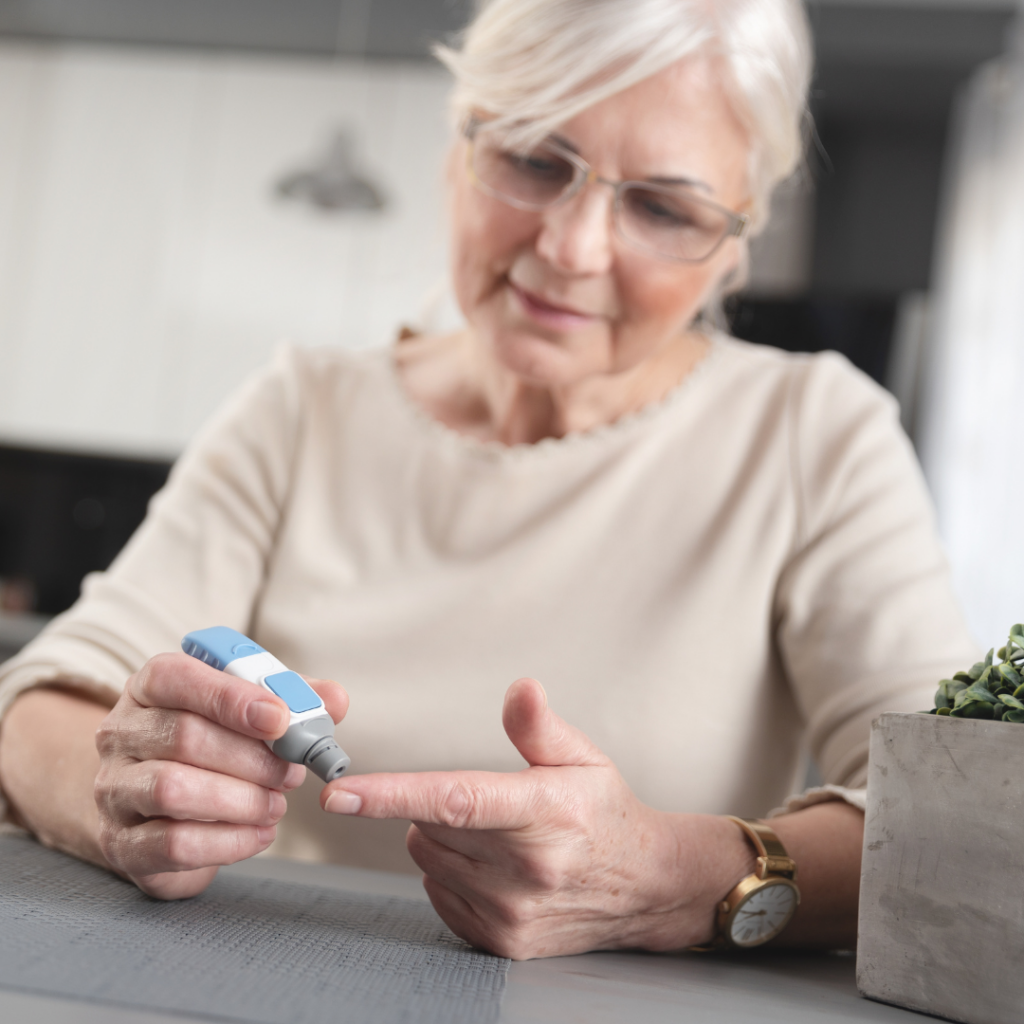For those managing diabetes, blood glucose monitoring is an essential part of daily life. However, there are many misconceptions surrounding finger pricks, their accuracy, and whether newer technologies like Continuous Glucose Monitors (CGMs) should replace them entirely. Below, we break down some of the most common myths and truths about finger pricking to help you make informed decisions about your diabetes management.

While CGMs provide continuous readings, studies show that traditional finger pricks remain the gold standard for accuracy, especially when calibrating a CGM. Many doctors still recommend finger pricking to verify CGM results.
The American Diabetes Association (ADA) recommends multiple checks per day for those on insulin therapy or managing fluctuating glucose levels. Consistent monitoring helps prevent both highs and dangerous lows.
While pricking can cause discomfort, DigiVibe™’s revolutionary vibration technology minimizes pain by stimulating the nerves, making daily testing more comfortable—especially for children or those with needle anxiety.
If you rotate fingers and use proper technique, you can minimize sensitivity over time. DigiVibe™ helps reduce discomfort, making it easier to stay consistent with testing.
Advanced lancing technology now allows for thinner, less painful lancets. Pairing a high-quality lancet with DigiVibe™’s vibration therapy can make testing virtually painless.